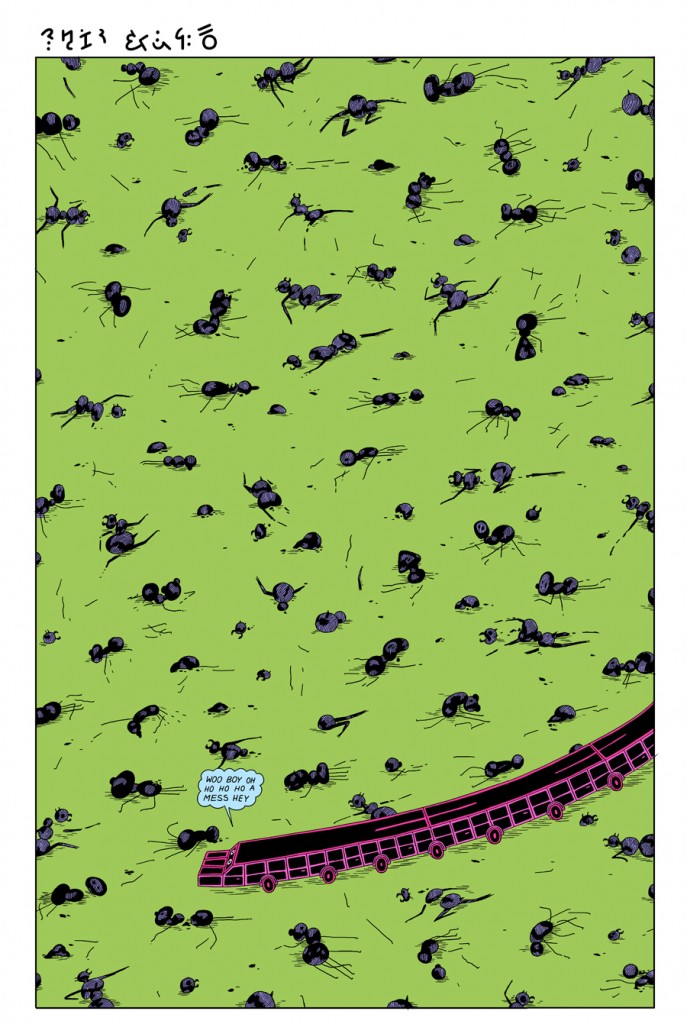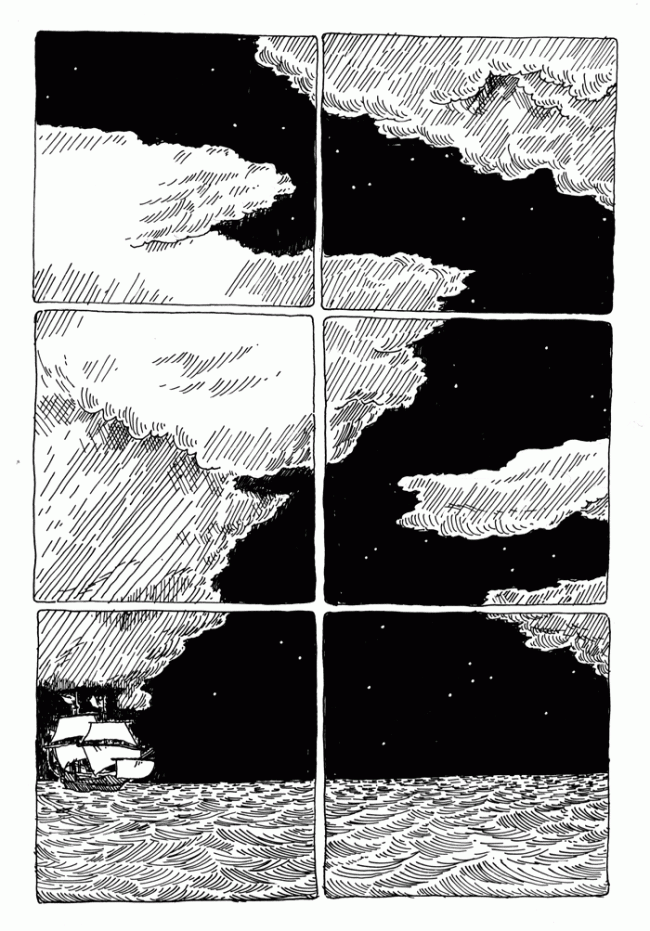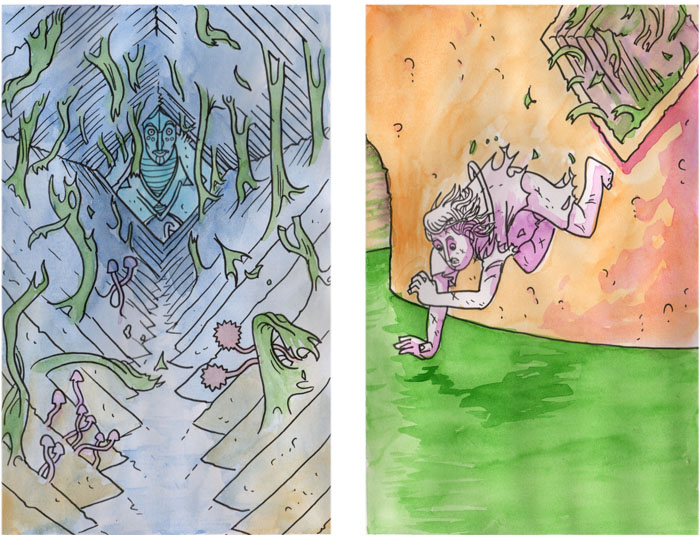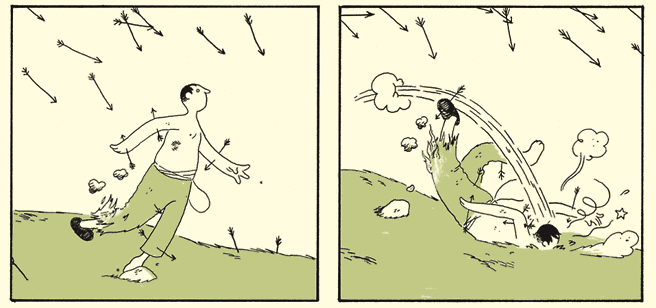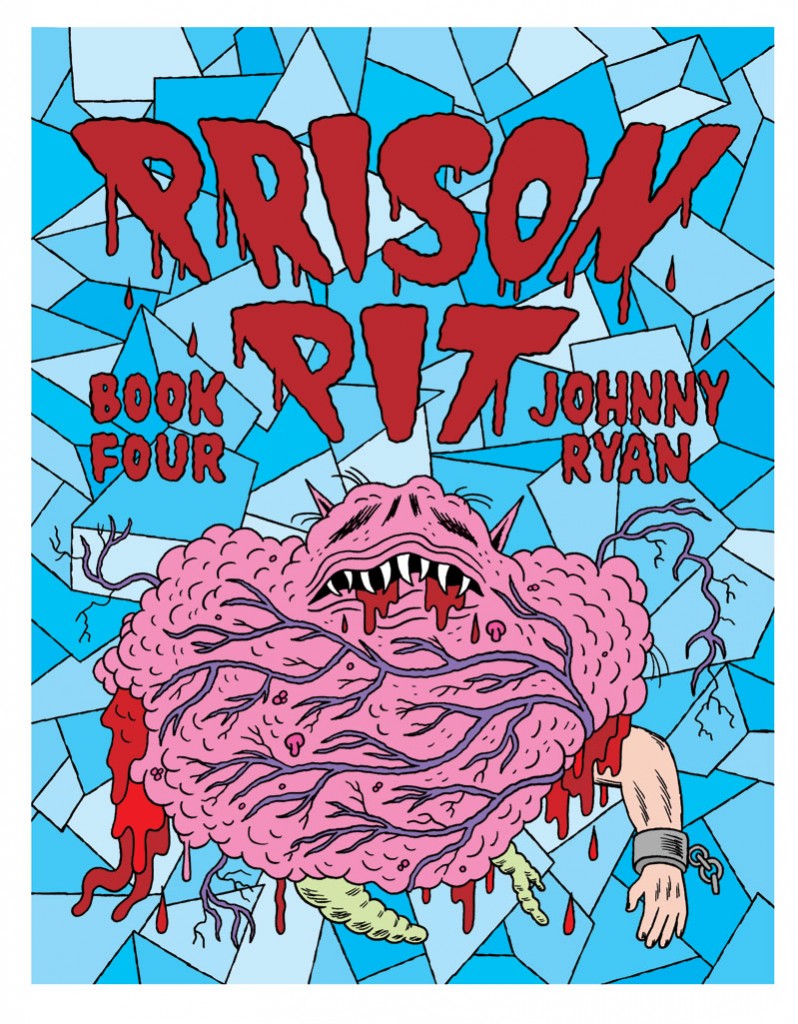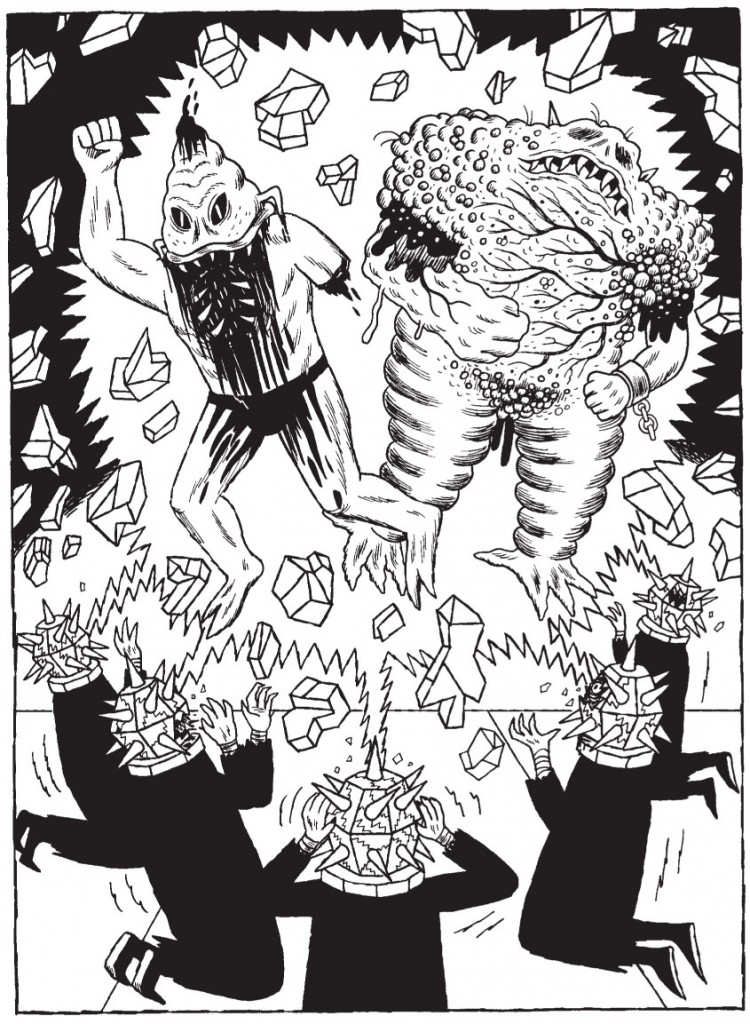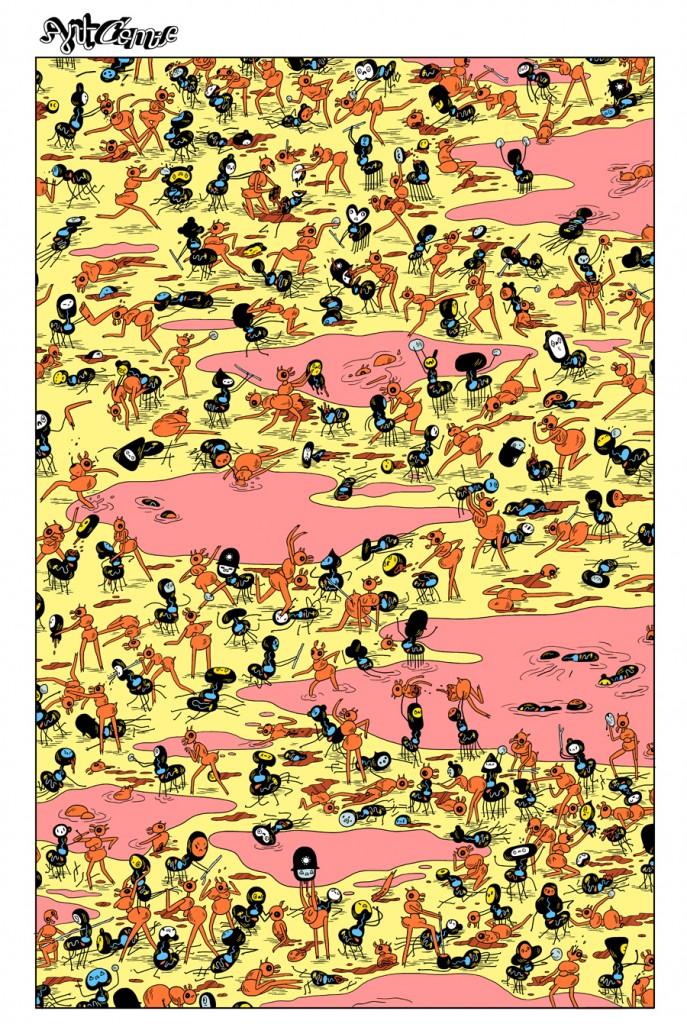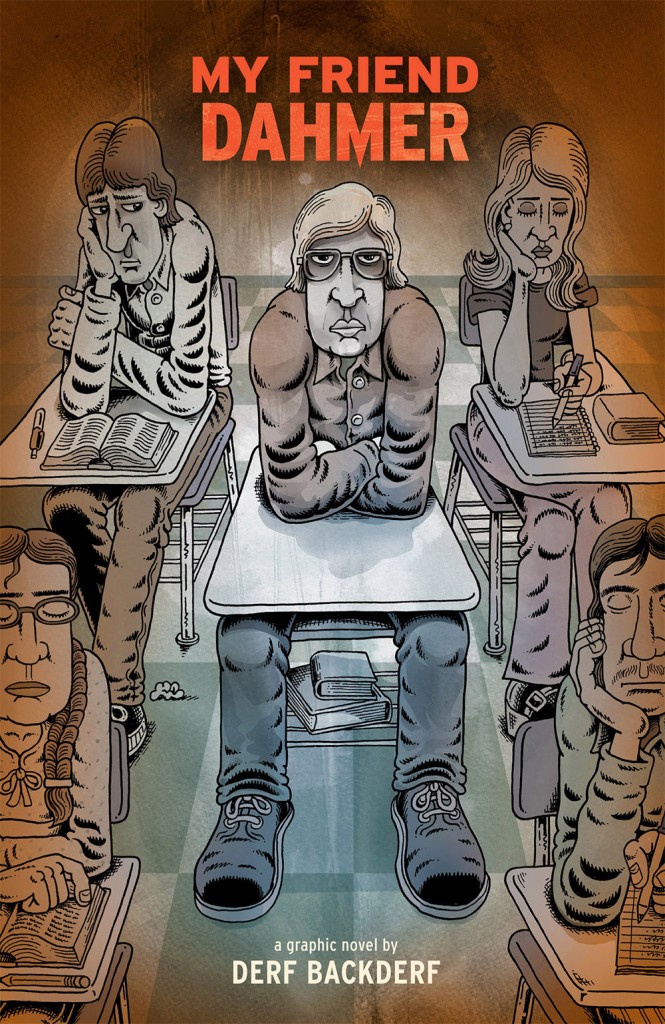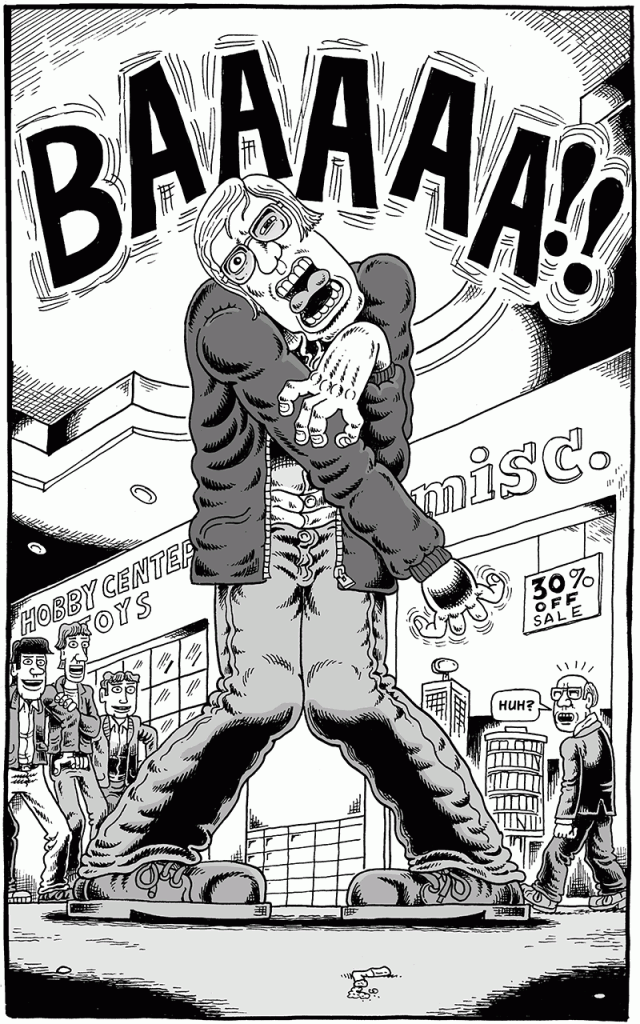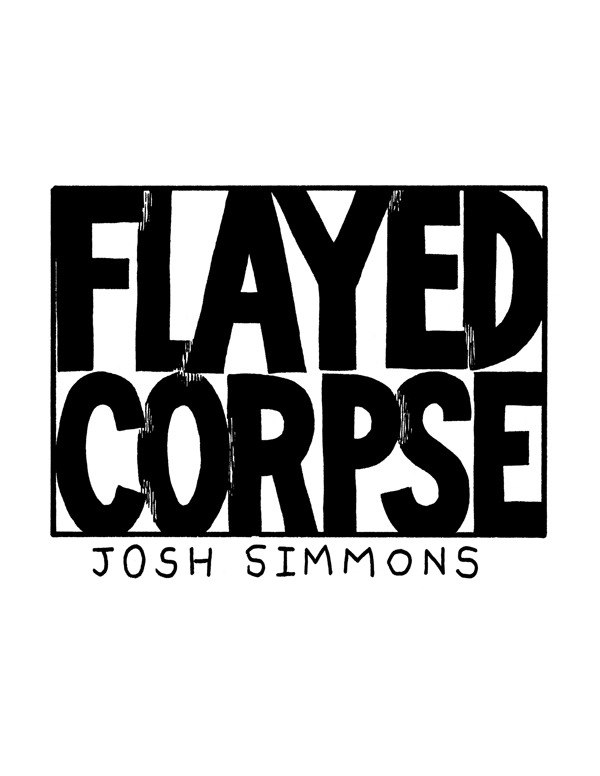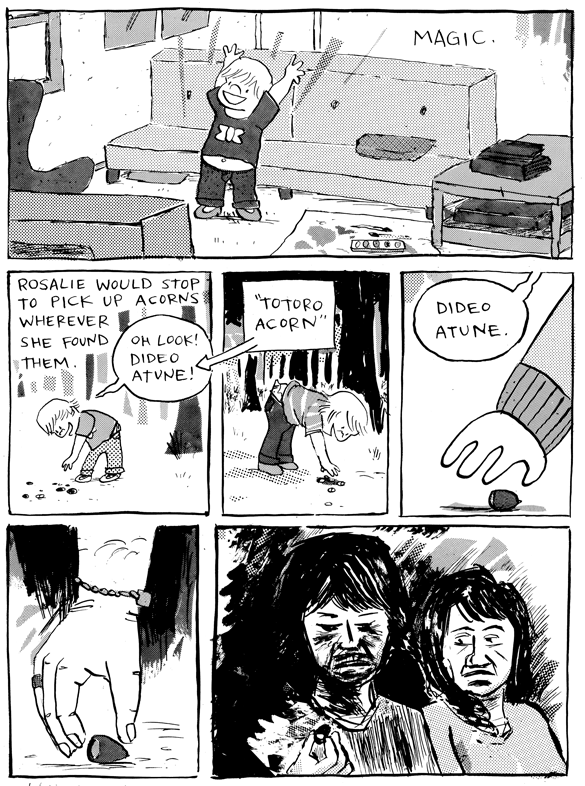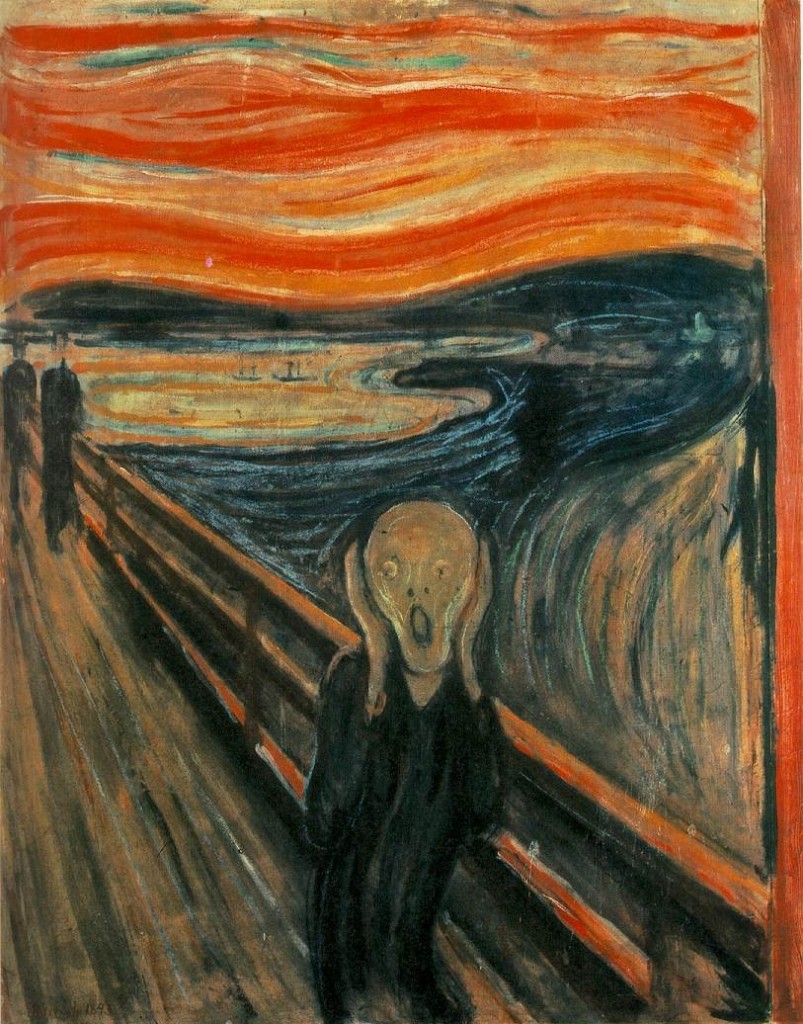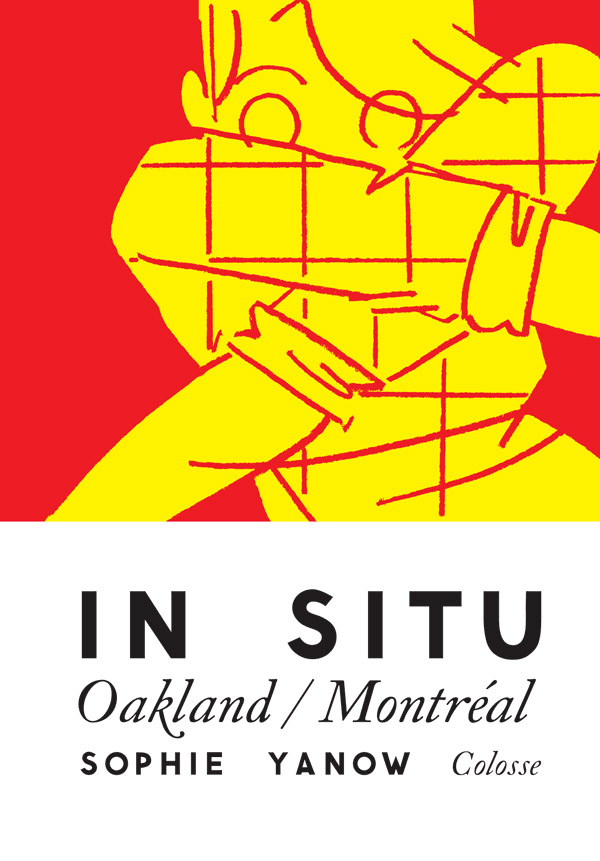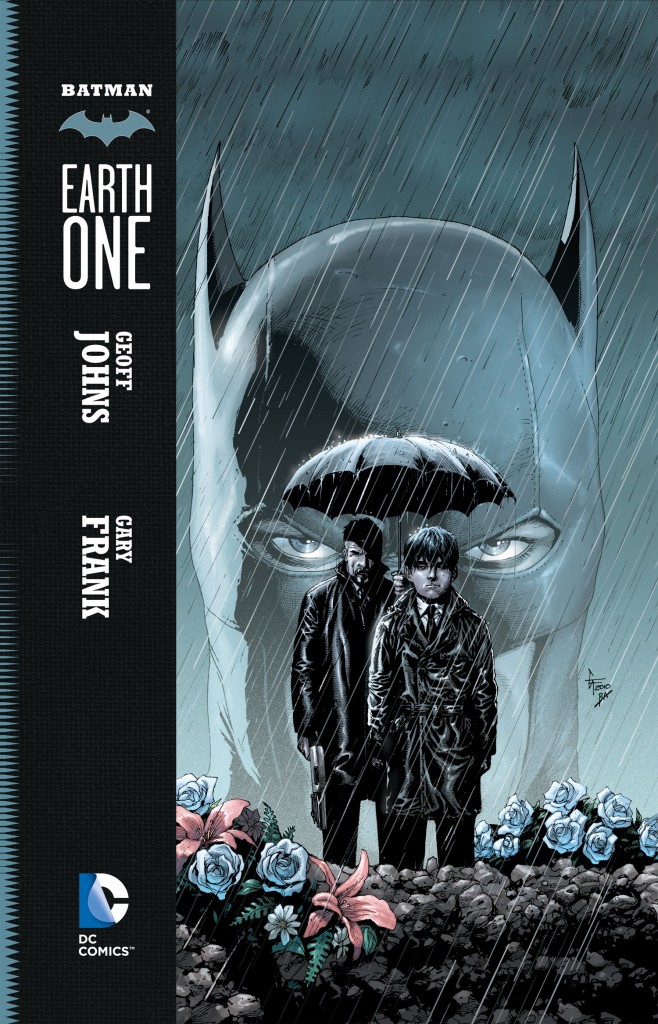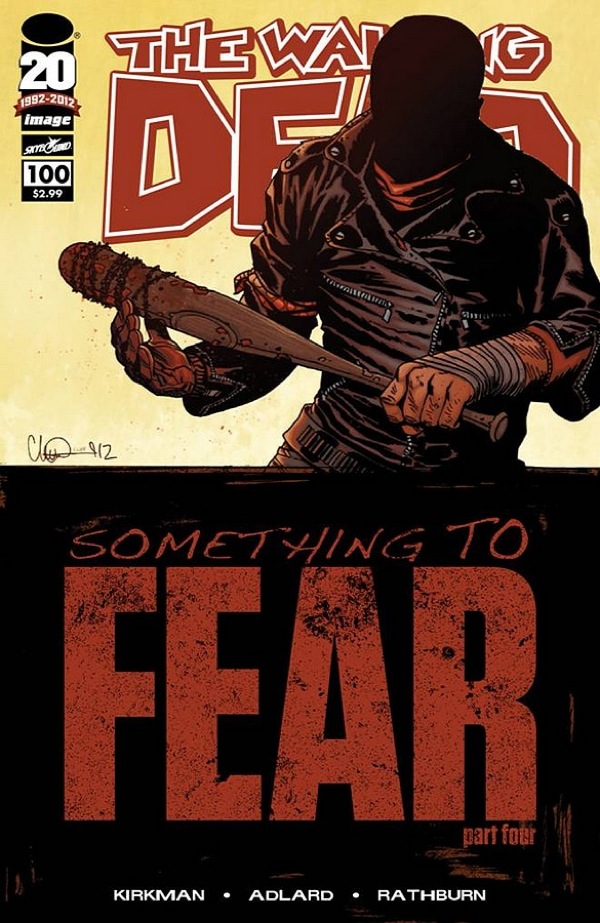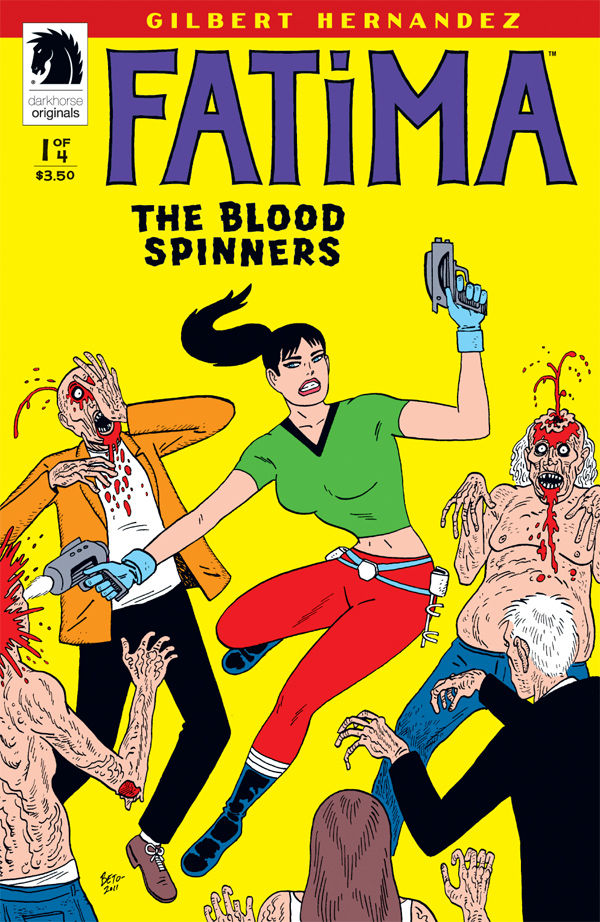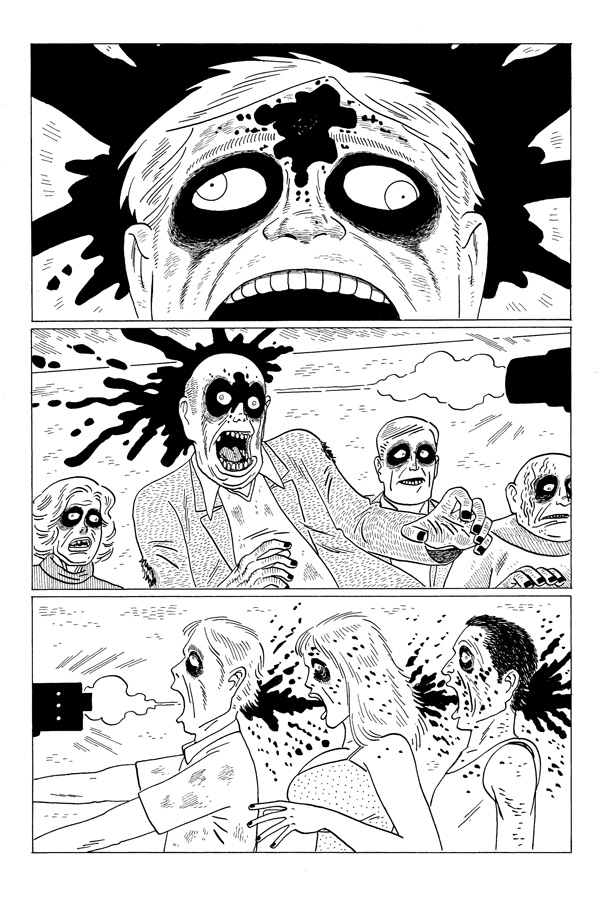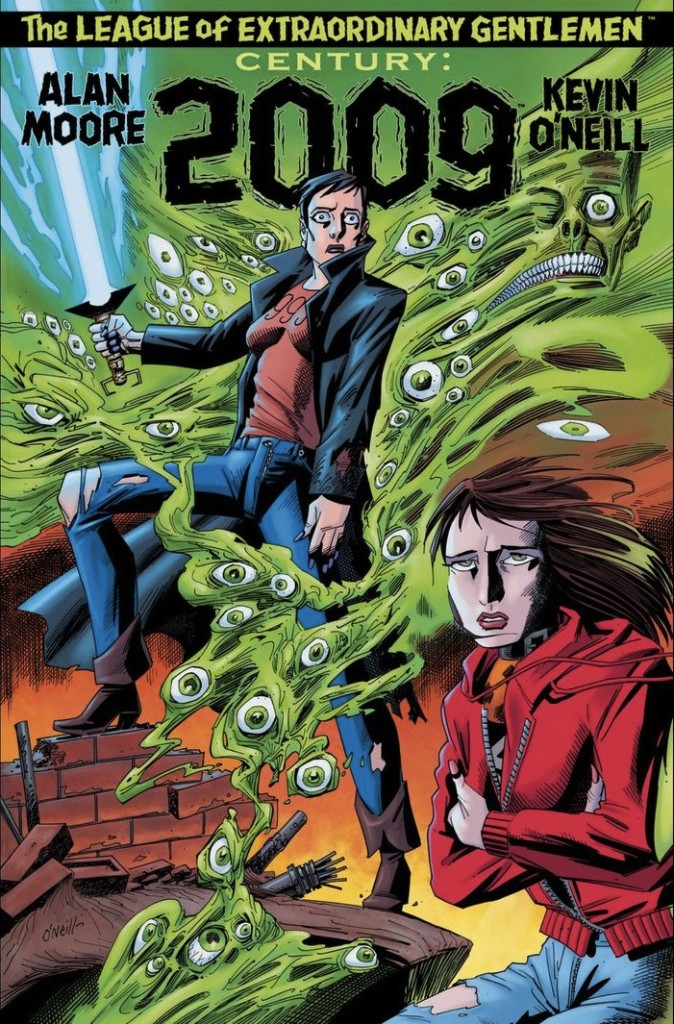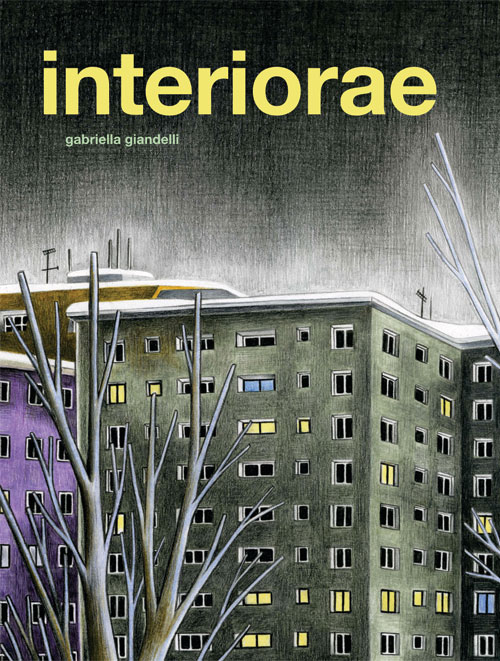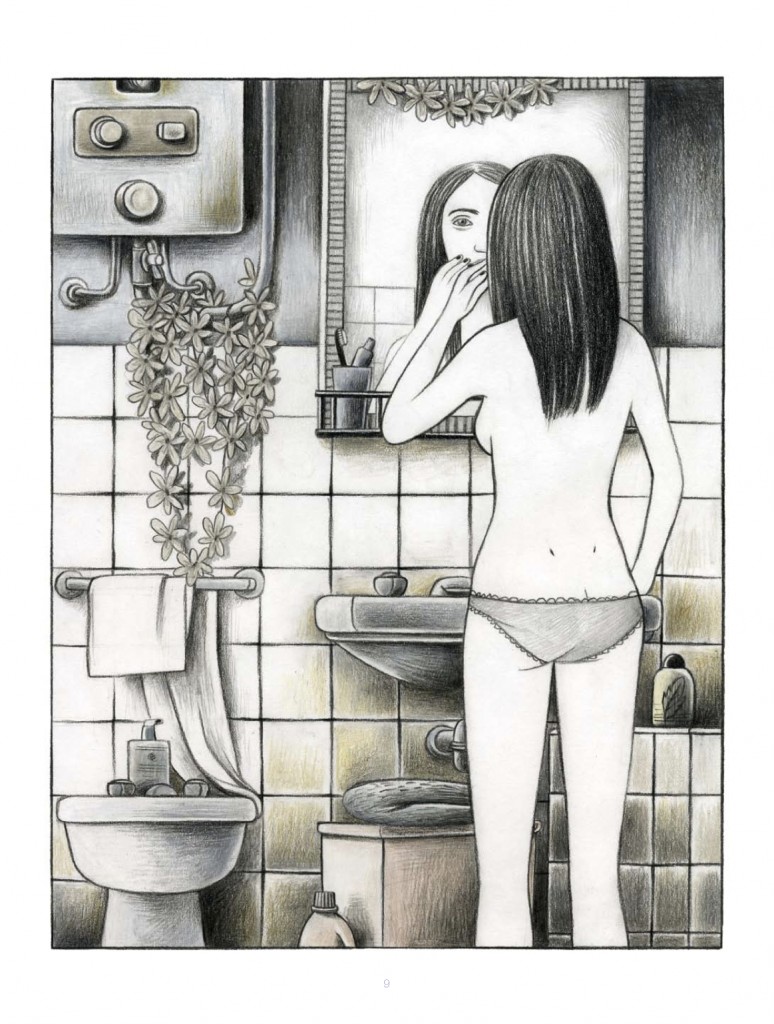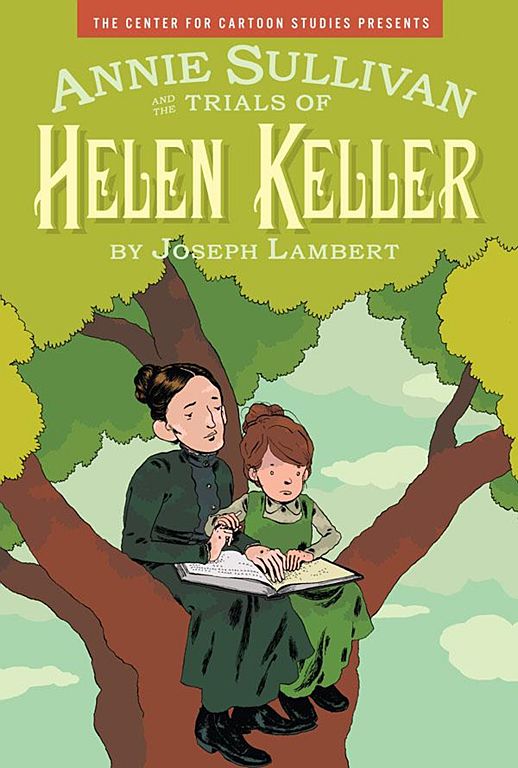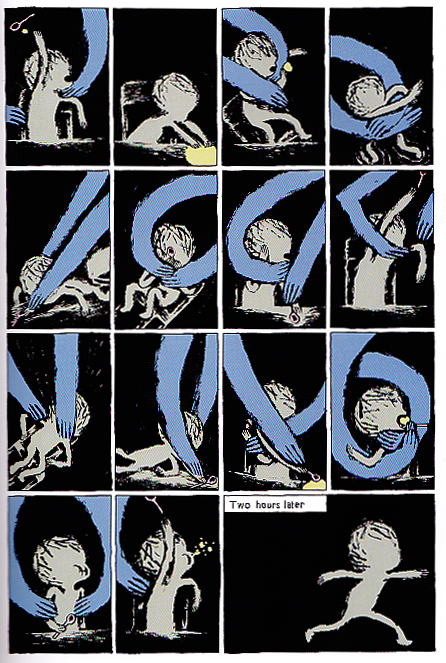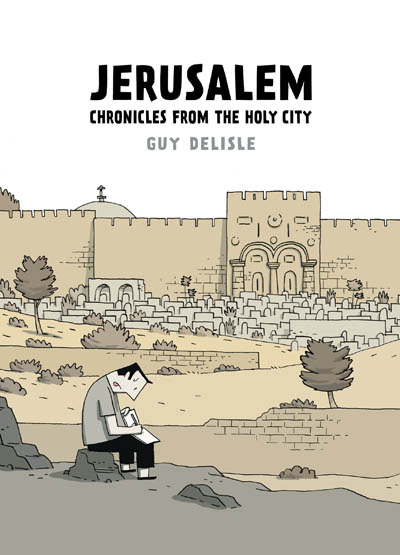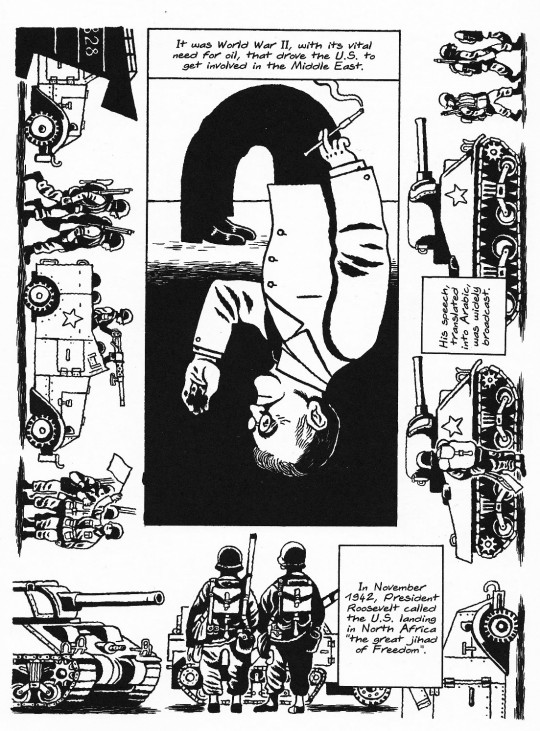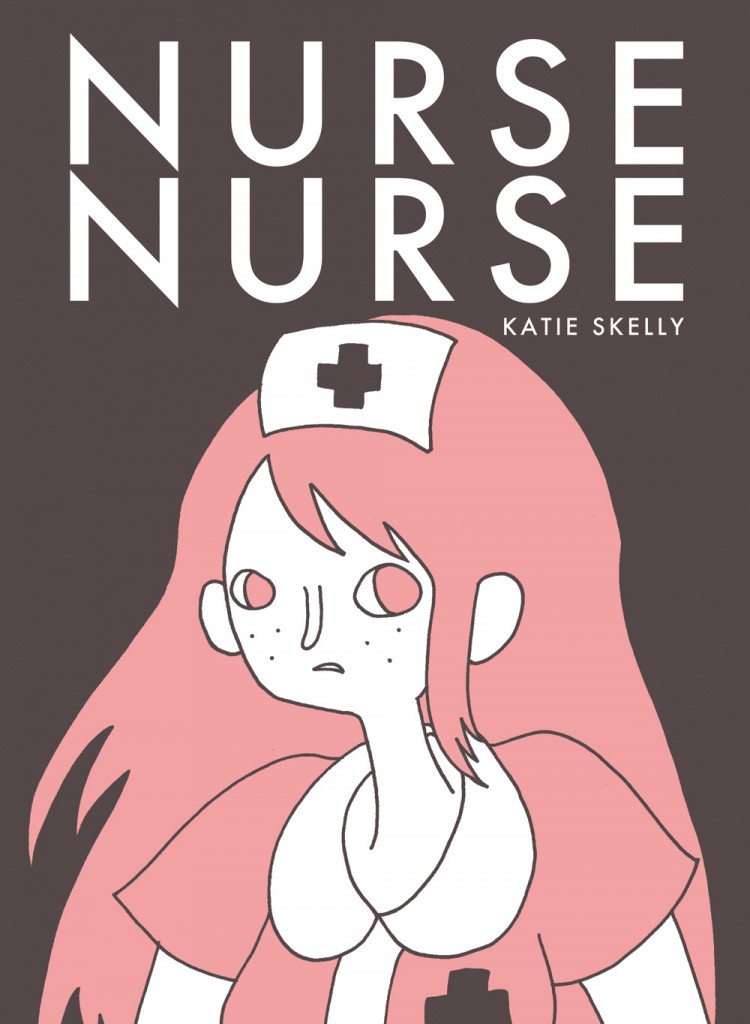Posts Tagged ‘Comics Time’
Comics Time: Ant Comic
March 25, 2013I reviewed Michael DeForge’s masterful webcomic Ant Comic for The Comics Journal.
Please read the comic; it’s gorgeous, funny, troubling, and powerful, and you can read it all on a lovely single scrolling page.
Comics Time: Black Is the Color
March 21, 2013Far, far away
March 15, 2013This week on Vorpalizer I wrote about Sam Alden’s webcomic Haunter and George Lucas’s movie series The Star Wars Trilogy. Spectacle and scale are the main concerns.
“Boys, school showers and swimming pools full of them.”
March 6, 2013Elsewhere
February 21, 2013I’ve been keeping pretty busy these days.
At Cool Practice, I wrote about “Missing You” by John Waite and the kinkiness of crystalline-sheen ’80s pop rock. This is the sound of my soul.
At Vorpalizer, I continued my series of posts on alt-genre webcomics with entries on SuperMutant Magic Academy by Jillian Tamaki and Forming by Jesse Moynihan. I also posted the second in a series on formative fantastic fiction, focusing on Taran Wanderer and the Prydain Chronicles by Lloyd Alexander.
And at Rolling Stone, I updated my list of the Dowager Countess’s best quotes from Downton Abbey Season Three with a few from the season finale.
Comics Time: Prison Pit Book Four
February 7, 2013Prison Pit Book Four
Johnny Ryan, writer/artist
Fantagraphics, 2012
116 pages
$12.99
Buy it from Fantagraphics
Buy it from Amazon.com
For today’s Comics Time review, please visit The Comics Journal.
Vorpalizer
February 6, 2013I’m going to be writing about science fiction, fantasy, horror etc. with some dayjob coworkers at our new group blog Vorpalizer.com. I got started with posts on Michael DeForge’s Ant Comic and Susan Cooper’s The Dark Is Rising. Come check it out.
Comics Time: My Friend Dahmer
January 3, 2013My Friend Dahmer
Derf Backderf, writer/artist
Abrams ComicArts, March 2012
224 pages
$17.95
Buy it from Amazon.com
In introductions, afterwords, and interviews alike, Derf Backderf makes it abundantly clear that his sympathy for Jeffrey Dahmer, his old high school acquaintance and serial killer of young men and boys, ends when Dahmer’s murders begin. By coincidence, so does the story he tells in this book, pretty much: Dahmer began killing upon graduation from high school, at which point he also dropped out of touch with Backderf and his circle, thus closing Derf’s window on his darkening world.
But while My Friend Dahmer abhors Dahmer’s crimes, it also does him, and his victims, the courtesy of never saying what they are. No body counts; no grim stories of the homophobic cops who returned a nude, wounded underage boy who’d escaped Dahmer’s clutches to his eventual killer before making jokes to their dispatcher about getting de-loused; no gruesome accounts of body-part altars and DIY trepanation attempts. The endnotes in the backmatter deliver the basic facts, but in the comic itself he consigns his old friend’s crimes to the void, perhaps the most empathetic thing he could possibly do with them.
The story Backderf chooses to tell is one of uncontrollable urges. At one point he describes them in the purple terms of mass-market true-crime paperback back-cover blurbs, as otherizingly and alienatingly as you please: “What spawned this perverse sexual hunger? What deep, fetid part of his psyche gurgled up this miscreant desire, so powerfully voracious it immediately devoured him whole?” But immediately before that he makes the direct connection between Dahmer’s necrophilia and his own irresistible adolescent lust for his female classmates, one of whom he draws walking alluringly down the hall in tight jeans, her spherical asscheeks drawing his attention as inexorably as a local jogger commands Dahmer’s far more lethal lust.
The girl’s body points to the great strength of Backderf’s resolutely unstylish art: Everyone’s a collection of lumps and bulges, molded into shape by his thick, blunt ink line. This isn’t the only prominent ass we see drawn this way, as it turns out: Another belongs to Dahmer’s mom, clenched in unflattering high-waisted mom pants as she seizes uncontrollably due to a morass of psychological, neurological, and pharmaceutical problems. Her trembling, sweat-soaked, jut-jawed body locks into bizarre, almost vogue-like positions, her neck craned upward at a 90 degree angle like a modernist portrait. She’s reduced to her body in these moments. “This,” Backderf writes, “is what Jeff came home to.” Dahmer’s mind rapidly reduces all life to mere bodies, bodies over which he can exert control. In fact, it’s his imitation (unbeknownst to his classmates, who think he’s making fun of someone else) of his mother’s symptoms that makes him a legendary character among his classmates.
The implicit connection Backderf draws between all these things is that Dahmer couldn’t help how he felt about dead men any more than Derf could help how he felt about pretty girls’ rear ends or than his mother could help having fits. What they all could control is how they responded to them, or to anything else. That’s where Backderf’s real anger is directed: at the choice of Dahmer’s parents to abandon their son — first emotionally and then quite literally, leaving him to live by himself in their house as they went their separate ways following an acrimonious divorce — and at the apparent choice of their high-school teachers and administrators to ignore the heroic quantities of alcohol Dahmer was consuming during the school day to self-medicate his urges away. The moment his parents left and school let out, even the minor impediment of negligent adults was removed entirely, so the alcohol was no longer enough, and the last few tethers holding Dahmer to sanity snapped. If some adult had cared enough to wrestle those urges to the ground, Backderf argues, Dahmer’s lonely life would still have been a sad one, but the lives of dozens and dozens of other people would have been far less so. The goal of this book is to lead you to the chasm between the potential and the actual and scream into it. Between the idea and the reality, between the motion and the act, falls the Shadow.
Comics Time: Flayed Corpse
December 21, 2012Flayed Corpse
Josh Simmons, writer/artist
Oily Comics, 2012
12 pages
$1
Buy it from Oily
I reviewed Flayed Corpse by Josh Simmons for The Comics Journal. Happy Holidays!
Comics Time: RL Book 1 by Tom Hart
October 11, 2012“[C]omics as a medium could ideally be the most visually honest and consciousness-plumbing medium out there, even more than film.”—Chris Ware
Comics Time: In Situ
August 14, 2012In Situ
Sophie Yanow, writer/artist
Colosse/Export, 2011
40 pages
$12
Buy it from Colosse
For today’s Comics Time review, please visit The Comics Journal.
Comics Time: Batman: Earth One
July 19, 2012Geoff Johns, writer
Gary Frank, artist
DC, July 2012
144 pages, hardcover
$22.99
Buy it from Amazon.com
For today’s Comics Time review, please visit The Comics Journal.
Comics Time: The Walking Dead #100
July 13, 2012The Walking Dead #100
Robert Kirkman, writer
Charlie Adlard, artist
Image, July 2012
30 pages
$3.99
Buy it via Skybound
For today’s Comics Time review, please visit The Comics Journal.
Comics Time: Fatima: The Blood Spinners #1
July 11, 2012Fatima: The Blood Spinners #1
Gilbert Hernandez, writer/artist
Dark Horse, June 2012
24 pages
$3.99
Buy it from Dark Horse
For today’s Comics Time review, please visit The Comics Journal.
Comics Time: The League of Extraordinary Gentlemen Vol. III: Century #3: 2009
July 2, 2012The League of Extraordinary Gentlemen Vol. III: Century #3: 2009
Alan Moore, writer
Kevin O’Neill, artist
Top Shelf/Knockabout, June 2012
80 pages
$9.95
Buy it from Top Shelf
Buy it from Amazon.com
For today’s Comics Time review, please visit The Comics Journal.
Comics Time: Interiorae
June 28, 2012Interiorae
Gabriella Giandelli, writer/artist
Fantagraphics, 2012
144 pages
$19.99
Buy it from Fantagraphics
Buy it from Amazon.com
For today’s Comics Time review, please visit The Comics Journal.
Comics Time: Annie Sullivan and the Trials of Helen Keller
June 22, 2012Annie Sullivan and the Trials of Helen Keller
Joseph Lambert, writer/artist
The Center for Cartoon Studies/Disney/Hyperion, March 2012
pages, hardcover
$17.99
Buy it from CCS neighbor the Norwich Bookstore
Buy it from Amazon.com
A dual biography of deaf-blind Helen Keller and her teacher, mentor, guardian, and lifelong companion Annie Sullivan — whose own coming-of-age tale of overcoming near-blindness, abject poverty, orphanhood, loss, lack of education, and a generally piss-poor attitude is depicted in parallel with Annie’s better-known story — Annie Sullivan and the Trials of Helen Keller is the best comics biography since Chester Brown’s Louis Riel. Like Riel, it succeeds, it innovates, as comics as much as it does as biography. It does so with none of the repetitive tics that marred cartoonist Joseph Lambert’s earlier work, here supplanted by the intensity of the story’s central challenge and Lambert’s own clarity of purpose in meeting it. And more than Riel, it’s a work of immense and intimate emotional power, deeply touching and profoundly moving without ever growing maudlin or manipulative.
The key visual conceit is Annie’s world: black, comprising her sketchy self-image, objects she encounters rendered in a dull brown, things with which she has any kind of emotionally charged interaction (from her family to food) colored in sidewalk-chalk primaries. Spend more than two seconds thinking about experiencing life like this and it’s harrowing, even horrifying, but Lambert holds back on depicting it as some existential hell, since after all, this is the only life Helen really knows. (She went blind at 19 months of age, and neither she nor her caretakers are sure what, if anything, her brain remembers from its sighted experiences.) Annie’s quest is to get Helen to understand that the hand gestures she forces her to perform when touching new objects or requesting familiar ones aren’t just a game to play, but a way to label these objects, and thus to understand them and their relationships to one another.
Though Lambert’s access via cartooning to Helen’s inner world is unique among depictions of this well-worn story, it’s only through juxtaposition with the more traditionally told tale — the literal wrestling matches bas Annie tries to physically force Helen to learn — that the magnitude of Helen’s struggle becomes clear. Without seeing Helen in all her painfully adorable and vulnerable and angry tousle-haired glory, throwing plates and running into walls and knocking Annie’s teeth out and leaving both teacher and student in (magnificently well-drawn) prostrate exhaustion amid debris-strewn rooms, her famous eureka moment at the well, which we see alternating back and forth between Annie and Helen’s perspectives, would not have the power it does. When big block-lettered NAMES finally emerge into Helen’s mental void, it’s not just WATER or HANDLE or PITCHER or even TEACHER that get their names, it’s the inchoate fury that’s plagued her like an infection all her young life. In this case the diagnosis is the cure. Lambert’s depiction of her almost unbearable excitement at finally getting it, frantically touching and signing out the names of everything at the pump until she reaches “TEACHER” and collapses into an embrace of the woman who effectively gave her a voice and saved her from insanity, is easily the most emotionally moving sequence of comics I’ve read all year. I’m crying just writing about it.
The visual language Lambert develops for Helen’s own developing language isn’t the sum total of his artistic strengths here. Now, for the life of me I’ll never understand how dully acidic, Exorcist-vomit green became the default background color for comics imprints with mainstream aspirations, from Vertigo to First Second, and in this Disney-Hyperion release Lambert overuses that lamentable hue. But it’s more than offset by the stunning Mentos-variety-pack skyscapes and lush green fields and trees of the Keller homestead; the subtle and astute interplay of trademark colors for the two women in Helen’s life, blue Annie and pink Mother; the use of various muted grays, blues, pinks, and yellows to differentiate spacial and temporal settings within Lambert’s not-an-inch-wasted sixteen-panel grids; brief but memorable uses of bright red or high-contrast black and white; and of course the very direct but still very effective depiction of the pre-speech Helen’s world as a black and gray-brown void into which new sensations intrude in synesthetic terror and splendor.
The book culminates in scandal — a minor one in the context of the Sullivan/Keller legend lo these many decades later, but a catastrophic upheaval in the lives of Annie, Helen, and their benefactors at the Perkins Institution for the Blind at the time. The climactic interrogation sequence, in which the school’s instructors grill Helen for hours about a potentially dubious achievement she’s alleged to have made, stands firmly in the grand (inquisitor) tradition ranging from O’Brien and Smith in Ninteen Eighty-Four to the real-life questioning of the West Memphis Three in Paradise Lost. It’s a hugely upsetting and dispiriting scene, one which literally reduces Helen to the sketchy, spectral brown shape running around in the darkness that she was before Annie illuminated her world.
The real trap of it is that it’s precisely that act of illumination that damns Helen in her interrogator’s eyes, and partially in her own. When her life is one great string of discoveries, her joy is unstoppable; when she’s forced to confront how those discoveries were all filtered through one other person, she can no longer trust her own ability to determine where she ends and Teacher begins. Is she the water, or just the pitcher into which someone else’s water was poured? Moreover, the trap is twofold: . Lambert’s third-hand revelation of Annie’s potential deceit is deftly done, and breathtaking in the way it takes what we’d come to see as virtues in “Miss Spitfire” and unveils them as potential faults. Based on everything we’ve seen of her — her desire to get the full credit she deserves, no less but also no more — it’s highly unlikely that she consciously committed the crime of which she stands accused. But also based on everything we’ve seen of her — her defiance, her refusal to be cowed, her sneakiness, her confidence that she’s the smartest person in any given room — her role in the cover-up is all too believable. For Lambert to prove himself capable of character work this subtle and rigorous, character work that complicates and enriches the character rather than reducing them to mere angels or martyrs, in a book that moves from strength to strength visually as well, is almost unfair.
Every year there’s a comic that makes me end my review with the sigh of awestruck resignation: the exclamation “What a comic.” This is my “What a comic” comic of the year to date. It’s stunning. Don’t miss it.
Comics Time: Jerusalem
June 18, 2012Jerusalem
Guy Delisle
Drawn and Quarterly, 2012
320 pages
$24.95
Buy it from D&Q
Buy it from Amazon.com
For today’s Comics Time review, please visit The Comics Journal.
Comics Time: Best of Enemies: A History of US and Middle East Relations – Part One: 1783-1953
June 12, 2012Best of Enemies: A History of US and Middle East Relations – Part One: 1783-1953
Jean-Pierre Filiu, writer
David B., artist
SelfMadeHero, 2012
120 pages
$24.95
Buy it from SelfMadeHero
Buy it from Amazon.com
For today’s Comics Time review, please visit The Comics Journal.
Comics Time: Nurse Nurse
June 4, 2012Nurse Nurse
Katie Skelly, writer/artist
Sparkplug, 2012
160 pages
$15
Buy it from Sparkplug
For today’s Comics Time review, please visit The Comics Journal.

